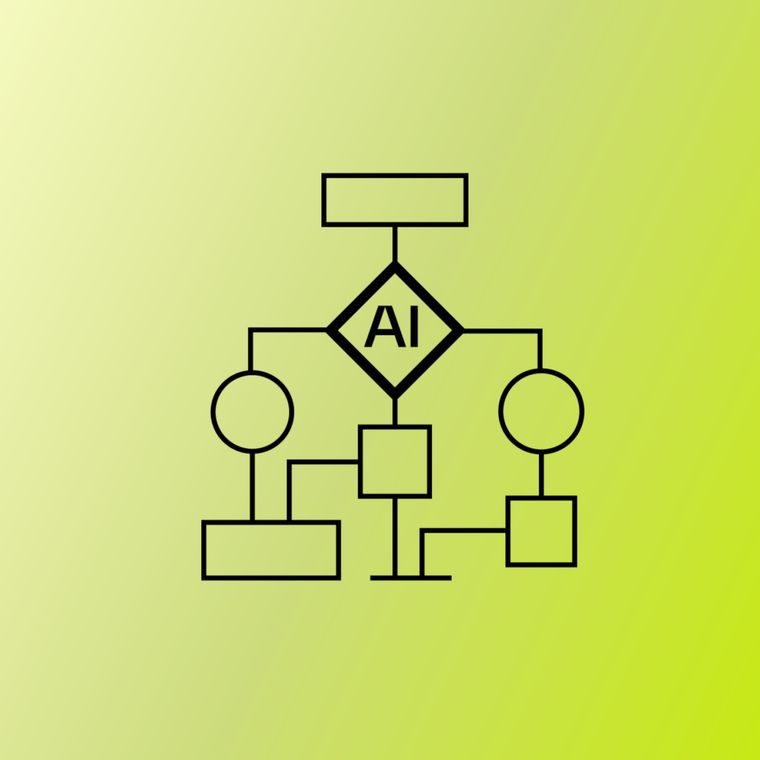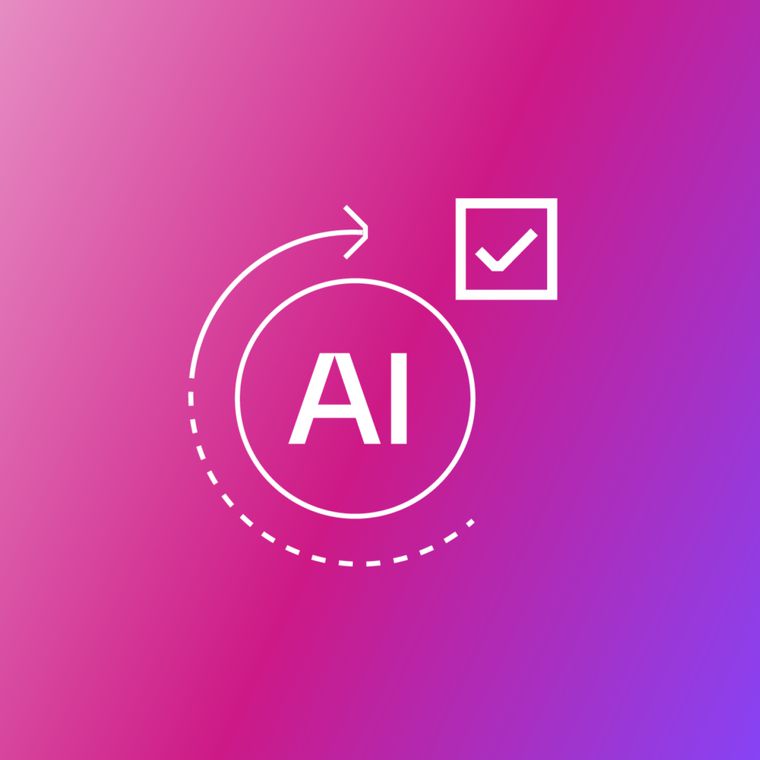How to Build an Effective Email Security Team Structure
Find out how to structure your security team for better visibility, faster response, and stronger email defense.
August 7, 2025
Building an effective email security team requires more than deploying the right tools, it demands enterprise-wide coordination. As modern threats like business email compromise (BEC) and AI-generated phishing attacks grow more sophisticated, they exploit not only technical systems but also human behavior and internal workflows. These multi-vector threats expose gaps that no single tool, role, or department can address alone.
In 2023, BEC scams accounted for nearly $3 billion in reported losses, with 21,489 complaints filed to the FBI. These attacks bypass traditional gateways, giving adversaries visibility into financial approvals, executive communication patterns, and HR operations. Armed with this intelligence, attackers craft emails that deceive both humans and security technologies.
To defend against these evolving threats, organizations must design a collaborative email security structure that brings together technical controls, user education, process alignment, and leadership support.
This article outlines how to structure your team for maximum protection, highlighting key roles, responsibilities, and best practices to close security gaps before attackers can exploit them.
Understanding the Current Email Security Landscape
The impact of email compromise extends far beyond the initial financial loss, causing widespread operational disruption across entire organizations. Multi-million dollar BEC incidents often lead to even greater secondary costs, including legal fees, insurance investigations, regulatory penalties, and recovery expenses that significantly amplify the overall damage.
A single successful phishing email can lead to compliance violations, delayed payroll, and damaged vendor relationships. These incidents place security responsibilities across multiple departments like IT, legal, HR, finance, and compliance, creating a distributed ownership model that is difficult to manage.
As AI-driven threats grow in volume and sophistication, security analysts face mounting pressure to assess thousands of user-reported incidents, many of which evade traditional gateway protections.
Adding to the complexity, platforms like Microsoft 365 and Google Workspace operate with different APIs, policy frameworks, and remediation workflows. This results in fragmented threat visibility and siloed dashboards. Attackers exploit these gaps, maintaining access in one system while defenders focus elsewhere.
In this fragmented and high-risk environment, a unified and well-coordinated email security team is no longer a value-add but an essential infrastructure.
Essential Roles in Your Email Security Team
Strong email security depends on well-defined roles to prevent coverage gaps and reduce delays during incidents.
IT Team: Securing the Foundation
The IT team manages the infrastructure behind email security. This includes enforcing MFA, optimizing mail-flow rules, validating SPF, DKIM, and DMARC, and monitoring forwarding rules for post-compromise misuse.
They also oversee API integrations between cloud platforms and security tools to maintain telemetry flow. During incidents, IT handles credential resets, lockouts, and technical remediation so security teams can focus on threat analysis.
Security Team: Detection and Response
Security analysts lead threat detection and response. They begin with threat intelligence reviews and triage suspicious emails. Upon confirmation, they quarantine threats, disable accounts, and coordinate with legal teams.
They also hunt for lateral movement across mailboxes, prioritize alerts to focus on high-risk threats like executive impersonation, and ensure swift response to targeted campaigns.
SOC Team: Managing Volume Efficiently
SOC analysts process large volumes of reported emails, most of which are benign. To stay effective, they use structured workflows: automating clear spam, routing ambiguous messages to junior staff, and escalating high-risk cases. They monitor workloads, rotate duties to avoid fatigue, and call on additional support during spikes.
Specialized roles and streamlined workflows help organizations achieve full coverage, accelerate response times, and strengthen defenses against evolving email threats.
The Collaboration Challenge Between Teams
Modern BEC campaigns operate faster than siloed teams can coordinate responses, creating dangerous gaps in organizational defense. IT administrators possess deep knowledge of platform configurations, permission models, API limitations, message recall capabilities, while security analysts understand how attackers exploit these same systems through sophisticated multi-departmental compromises.
When these expertise domains remain isolated, simple operational questions like "Can we quarantine this message thread?" bounce between ticket systems, extending response times while adversaries pivot to new targets or deepen their organizational penetration.
Communication gaps multiply when teams operate different toolsets. Administrative consoles remain in IT's domain while security teams rely on SIEMs and SOAR platforms. Most integrations prove fragile, forcing manual data collection that slows coordinated response.
This creates competing priorities where IT prioritizes platform uptime while security focuses on risk mitigation, both teams duplicating effort rather than combining capabilities.
Successful coordination requires establishing joint service level agreements, implementing shared visibility dashboards, and aligning budget planning processes. When teams unite around common objectives, they focus energy on blocking attacks rather than organizational friction, creating the rapid response capabilities that sophisticated threats demand.
Addressing the Manual Workload Problem
Manual message triage consumes analyst resources at fundamentally unsustainable rates, with the vast majority of user reports proving to be harmless content rather than genuine security threats.
While attackers continue driving significant increases in malicious messages that bypass traditional gateways, employee vigilance programs generate exponentially more false positives, routine marketing emails, legitimate vendor communications, and internal messages that require hours of analyst time to classify and dismiss.
Organizational growth compounds this challenge exponentially. Additional mailboxes, expanded collaboration platforms, and heightened security awareness multiply reported message volume faster than teams can scale analyst capacity.
Multi-mailbox compromise investigations can double workloads overnight, creating cycles of repetitive analysis, manual documentation, and policy verification that drain both productivity and analyst morale.
This operational strain creates staff turnover precisely when experienced security talent becomes most critical for defending against sophisticated attacks. Without automation solutions, manual triage workloads make sustainable email security operations impossible at enterprise scale.
Building Efficient Team Workflows
Sustainable email security requires integrating automation, consistent processes, and continuous feedback across every team managing organizational messaging infrastructure. Here’s how you can build efficient team workflows:
Automated Triage Infrastructure
AI-powered triage systems reduce manual workload by analyzing email headers, content, links, and attachments immediately upon user report. These platforms enrich indicators with threat intelligence to distinguish real threats from false positives.
In Microsoft 365, Security Copilot agents assess message intent and log verdicts directly in case management tools, accelerating analyst decisions. SOAR playbooks quarantine confirmed threats across mailboxes and close benign reports automatically. Intelligent routing ensures high-risk incidents reach senior analysts, optimizing case flow by skill level and team capacity.
Cross-Team Communication Excellence
Automation succeeds only with seamless cross-team communication. Real-time alert channels ensure IT, SOC, and incident responders work from the same threat data. Escalation paths are clearly defined: IT addresses policy violations, SOC handles credential compromises, and BEC events trigger executive-level incident response.
Daily incident standups and weekly case reviews ensure ticket accountability, while centralized case management logs all actions right from analyst findings to legal compliance steps, in an auditable, searchable format.
User Education Coordination
Effective workflows depend on consistent user reporting without causing fatigue. As attacker evasion tactics increase, maintaining user trust is critical. That said, security teams should run simulation campaigns, HR should manage required training, and IT must embed reporting tools in all client applications.
Automated acknowledgments with clear verdicts reinforce good user behavior. Quarterly reviews of report-to-phish ratios, simulation engagement, and satisfaction scores help refine training to remain relevant and impactful.
By aligning automation, communication, and education, organizations can build resilient and efficient email security operations. This integrated approach ensures faster threat response, better user engagement, and sustained protection in a rapidly evolving threat landscape.
Organizational Structure Models
An effective email security structure must align with both the scale of threats and organizational complexity, without introducing delays in critical incident response. Let’s look at some of these models in detail:
Centralized Security Model
A centralized model places end-to-end responsibility with a single team, ensuring consistent policy enforcement, unified monitoring, and efficient use of security tools.
This approach streamlines defense updates and fosters deep expertise through centralized threat intelligence and shared playbooks. However, during high-volume attacks, limited capacity can cause response delays unless analyst coverage is scaled appropriately.
Distributed Responsibility Model
In a distributed setup, security responsibilities are shared across IT, security, and departmental teams. This enables faster, context-aware responses, such as finance quickly quarantining suspicious invoices, while reducing coordination delays. Yet, without standardized playbooks and shared escalation paths, toolset fragmentation can create visibility gaps.
Hybrid Approach Optimization
Hybrid models blend centralized oversight with decentralized execution. Core teams set policies and handle major threats, while embedded staff manage day-to-day triage and response. This approach adapts to changing threat levels, enhances cross-functional expertise, and prevents delays while maintaining consistent security standards.
Choosing the right model depends on team size, threat landscape, and operational needs. While all structures can succeed with proper coordination, hybrid models often offer the most scalable and resilient solution.
Measuring Team Effectiveness
Email security team effectiveness is measured by response speed, detection accuracy, workload sustainability, and user satisfaction.
Track Mean Time to Detect (MTTD) and Mean Time to Respond (MTTR) as core performance indicators. These metrics reveal how quickly threats are identified and contained. Automation should drive both downward while preserving accuracy, which requires ongoing monitoring of false positives and false negatives. Significant shifts in these rates often indicate a need for rule tuning or analyst retraining.
Workload sustainability is equally critical. Monitor cases per analyst and watch for alert fatigue to prevent burnout, especially under high report volumes. Maintaining manageable workloads ensures consistency in detection quality and response times.
User satisfaction offers another vital signal. Use short post-incident surveys to gauge clarity of communication and the timeliness of resolution. Positive trends confirm the team is effectively supporting the broader organization.
Rely on quarterly trend analysis, not isolated incidents, to guide resource planning, tooling enhancements, and process optimization. This approach ensures your team structure evolves proactively in step with the threat landscape.
Optimizing Team Structure with Abnormal Security
Abnormal enables more efficient email security operations by eliminating manual triage and allowing security teams to prioritize advanced threat hunting and strategic initiatives.
The platform connects to Microsoft 365 or Google Workspace via a single API integration in minutes, removing the need for ongoing gateway management. Its AI-driven Security Mailbox analyzes every user-reported message, using behavioral signals to auto-close safe or spam submissions while delivering immediate feedback to users. Only true threats are escalated to analysts, an essential capability given the rise in attacks bypassing traditional email gateways.
Abnormal’s unified dashboard brings together threat insights, enrichment data, and response workflows in one place. Automation supports large-scale remediation, while role-based access ensures all teams stay aligned on incident progress and next steps. Most organizations see measurable improvements, such as reduced review hours and faster response times, within the first week of deployment.
With Abnormal handling triage and filtering, security teams can focus on strategic risk reduction and proactive defense. To see how Abnormal can transform your email security operations, book a demo today.
Related Posts
Get the Latest Email Security Insights
Subscribe to our newsletter to receive updates on the latest attacks and new trends in the email threat landscape.


